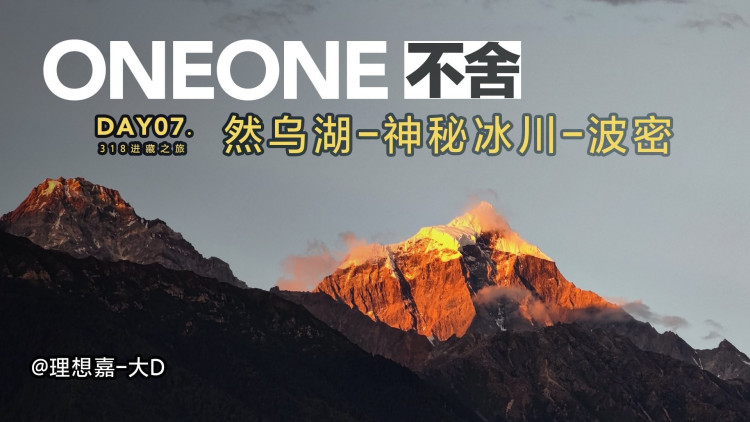This is the seventh day of the journey. Yesterday, I took everyone to the beautiful Ranwu Lake. This morning, I woke up to find that there were clouds and mist on the distant mountains outside the window, winding around halfway up the mountain. The morning sun shining through the clouds onto the high mountain grassland, drawing beautiful light and shadow.
Now that you have adapted to the altitude of 3900, you want to come back to Ranwu Lake again in the spring before the snow melts.
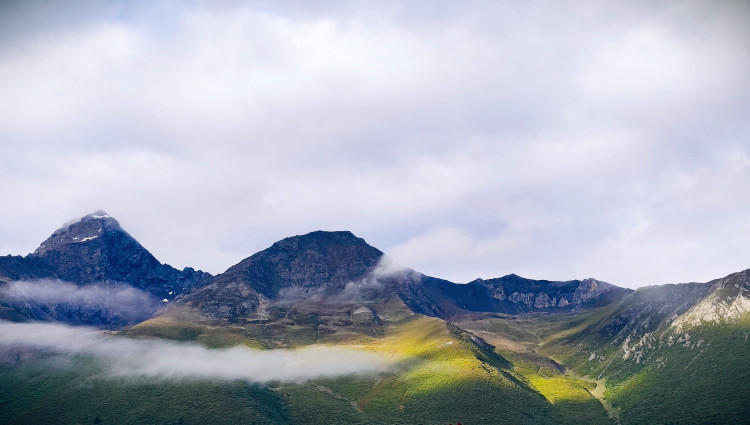
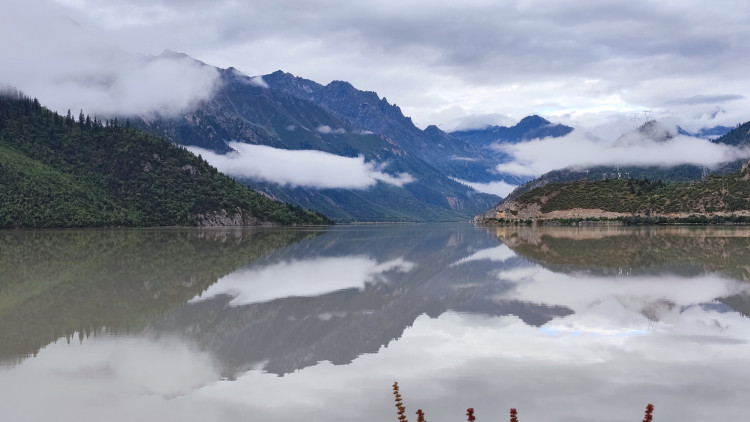
Because my child had an online exam this afternoon, we split into two groups. I took a car of people to the Bomi Hotel, and the other car went to the Langcuo Glacier.
Starting from Ranwu Lake, passing by the Midui Glacier, not far away is the 318 Internet celebrity check-in point where we can wash the car, rinse it a few more times, remember to stand far away when taking pictures, and don’t rinse if there are people nearby.
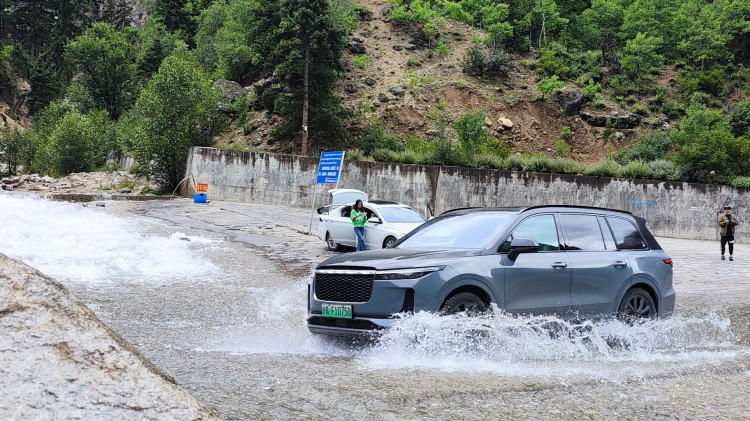
On the way to Bomi, you can also see many snow-capped mountains, but unfortunately, there is not much snow in August due to the high temperatures.
On the way, there are also some sections of mountain landslides. Please do not linger and pass quickly after confirming safety.
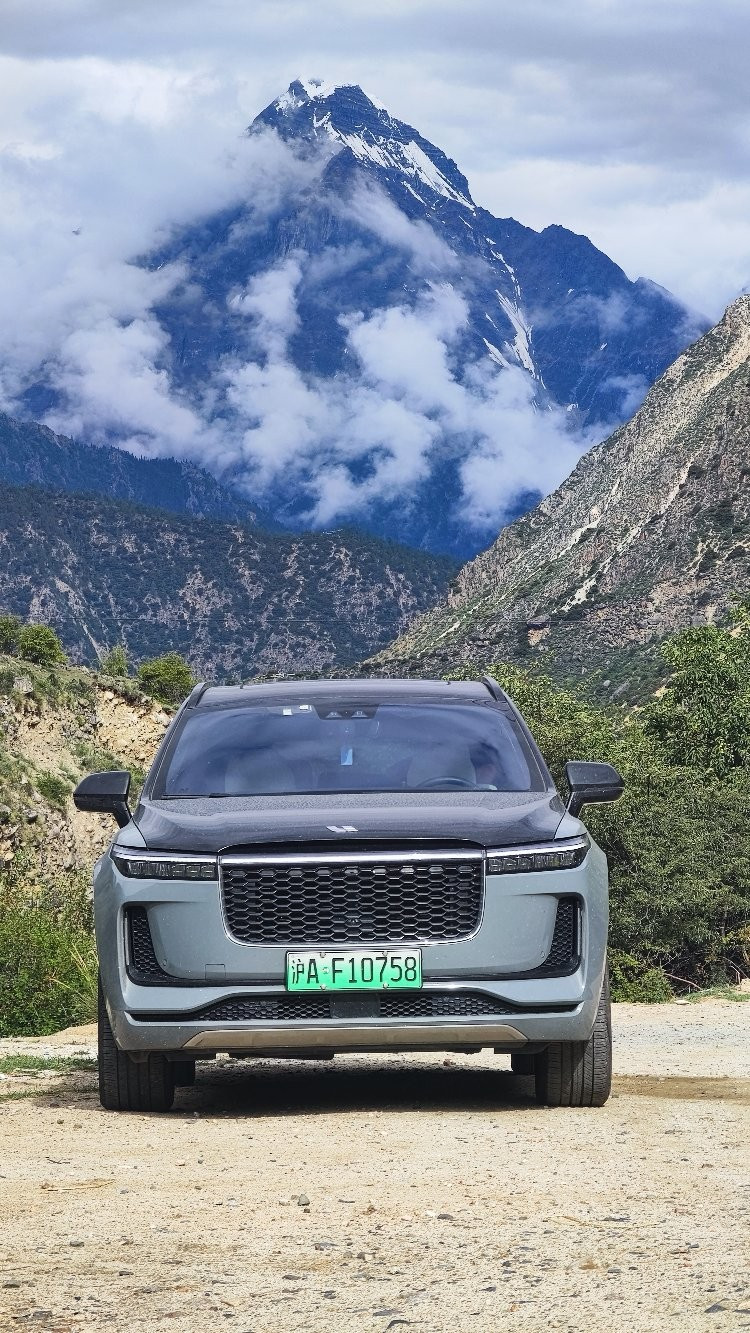
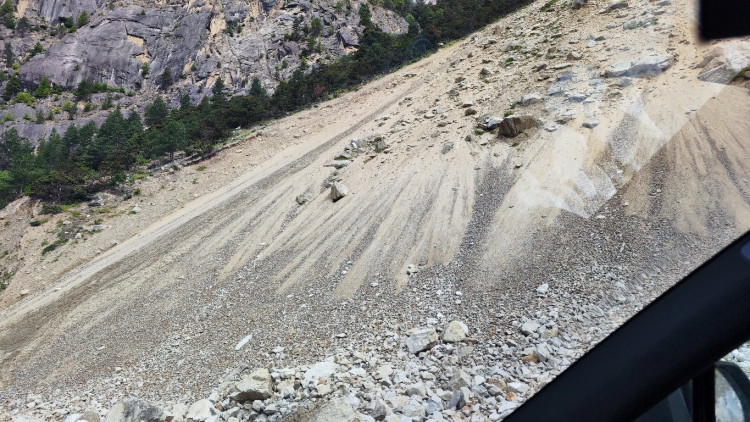
Along this road, the altitude is significantly decreasing, and there are more and more animals on the road. I wonder if this is a yak?
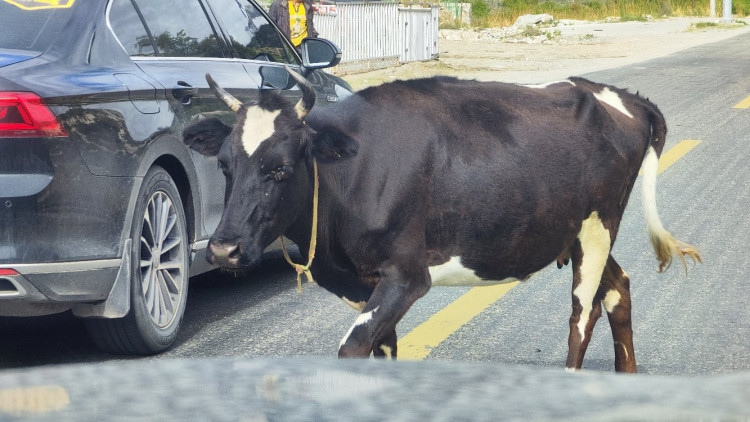
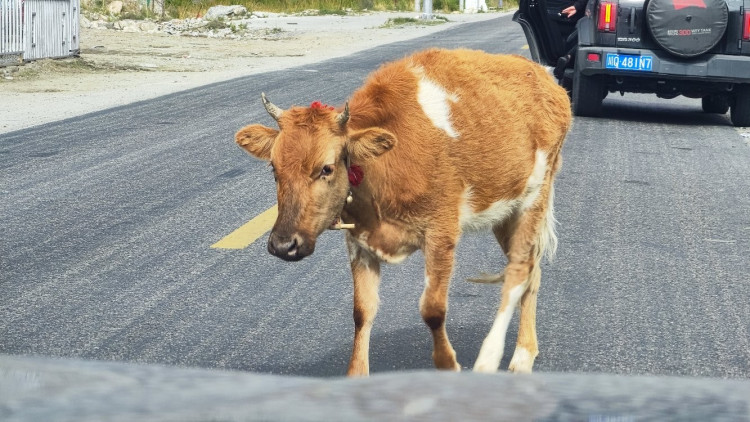
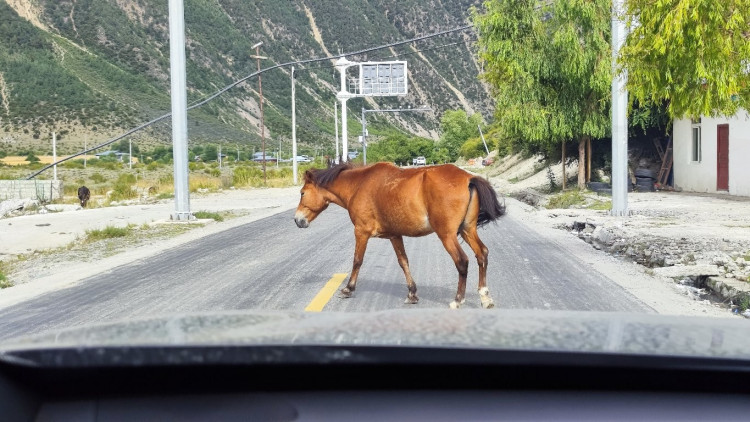
When you are almost at Bomi, there is a sign for Langcuo Glacier scenic spot. Turn left here and don’t need to stop at the viewing platform. Just follow the small road across a suspension bridge over the Palong Zangbu Grand Canyon. Then there is a newly built asphalt road directly 16 kilometers to the foot of the Langcuo Glacier.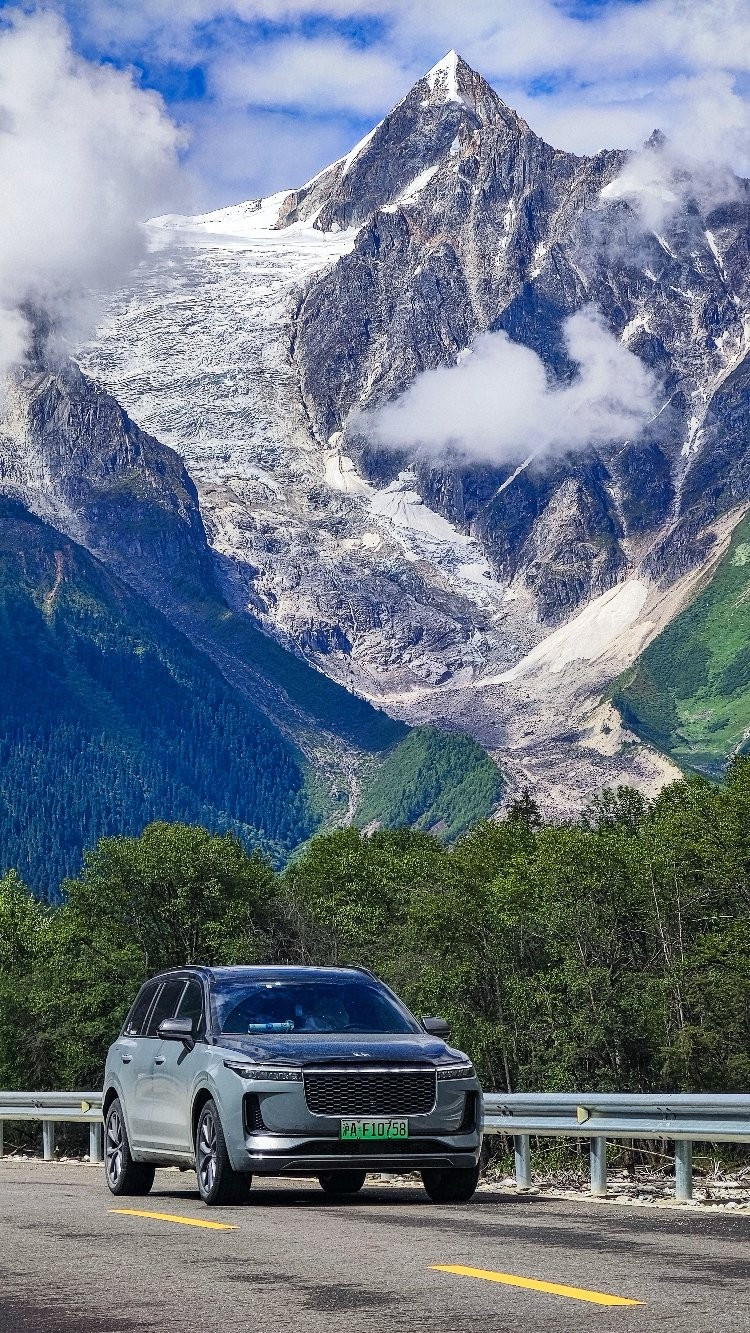
If you have time passing by 318, be sure to spend two hours and check it out.
There are videos in the previous travelogue, welcome to follow me, and there is a detailed video introduction in the previous post.
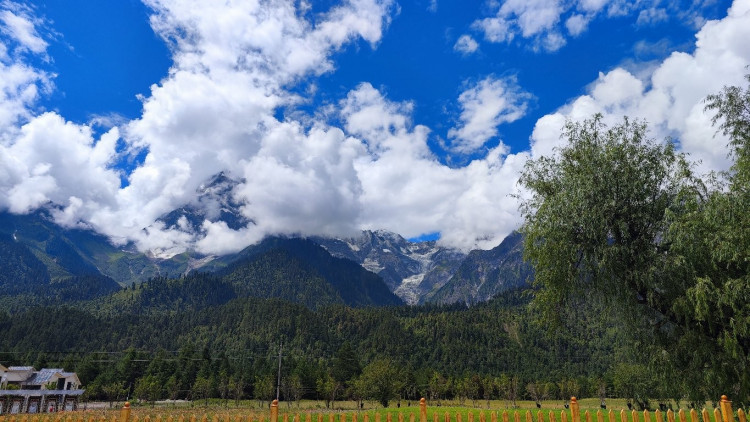
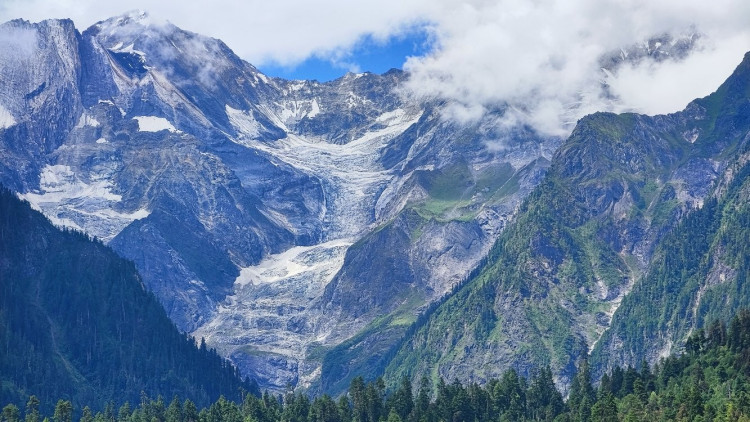
Today we stayed at “Lingxi Mountain Residence,” a homestay 18 kilometers away from Bomi County’s spruce forest scenic area. The feature is that there is a small courtyard in the front, where you can drink and chat in the evening, while the back yard is a large grassy lawn that extends to the distant Yarlung Zangbo River, which is the largest river – Parong Zangbu and ubiquitous snow mountains.
By the way, there is also a charging pile for the purpose of 20kw in the courtyard. With the principle of resolutely not charging (NIO) the electric car, I did not charge even when the power was always below 20%.
Looking out the window, it makes people really not willing to go. Unfortunately, my kid has an exam in the afternoon. I don’t know if he can get two extra points in this environment.
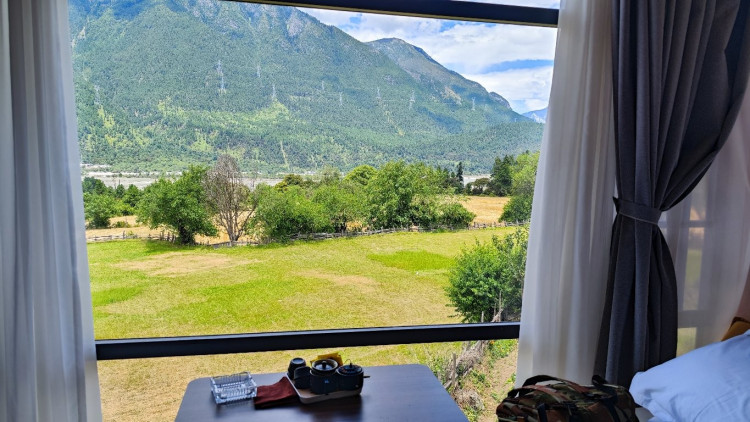
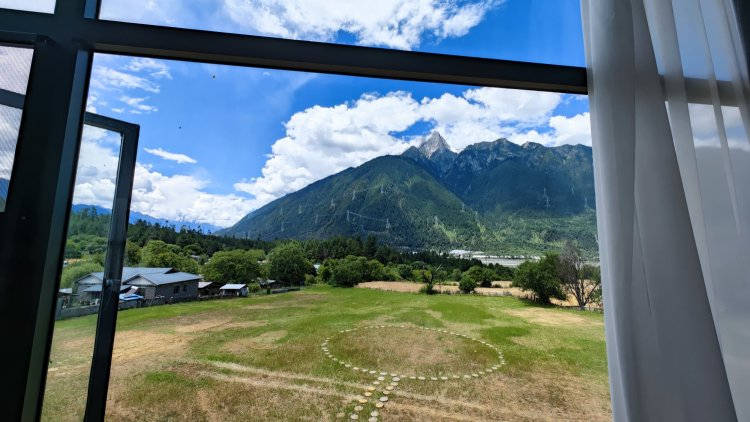
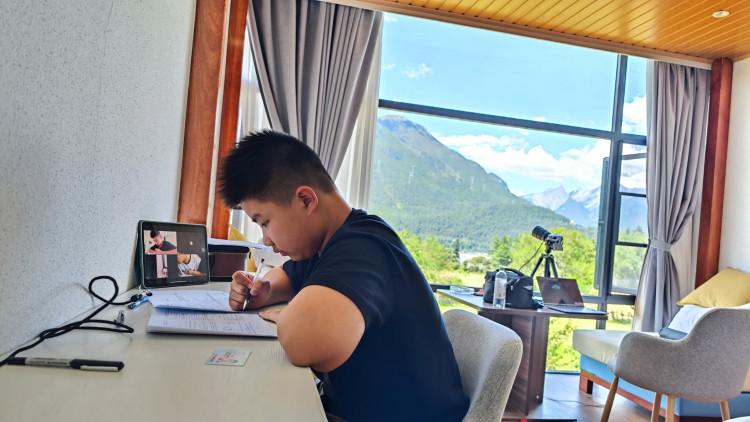
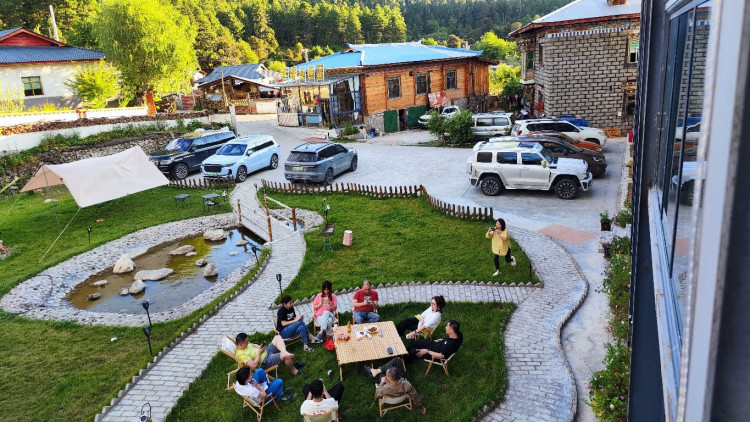
After dinner in a hurry, I stayed on the large lawn in the back yard, watching the sky turn blue and the clouds scatter until 8:22 in the evening, and finally took the first photo of the sunrise in this Tibet trip.
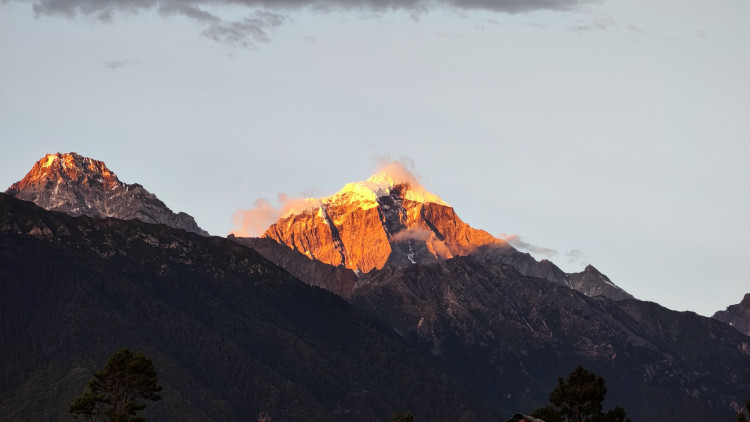
Before waiting for the sunrise, I also used a small micro-single 6400 with an 85/1.8 lens to shoot a 4K time-lapse of the snow mountain.“`markdown
The next morning, I got up early hoping to capture a time-lapse of the sunrise in Jincheng. Unfortunately, it rained all the time, maybe God thought I was too greedy and wanted to leave the opportunity for the next meet-up.
After 9 o’clock, the rain stopped, and we went to the nearby Yunsong Wang scenic area to explore the primitive forest in Tibetan area.
If you live in a nearby homestay, the ticket price is 60% off, about 50 RMB, and it takes about 2-3 hours to visit. I still think it’s worth it.
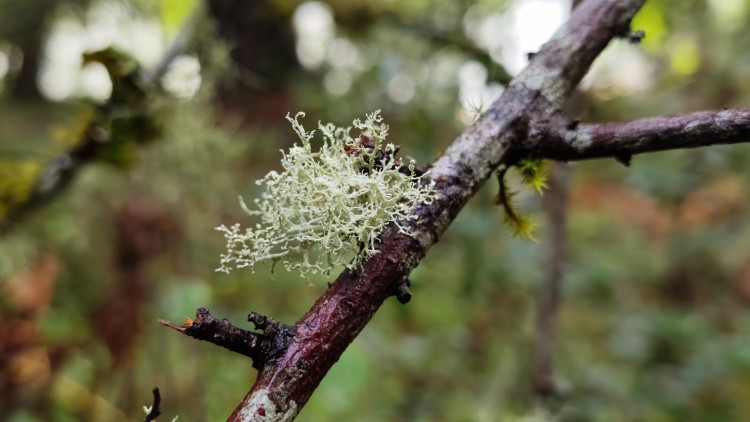

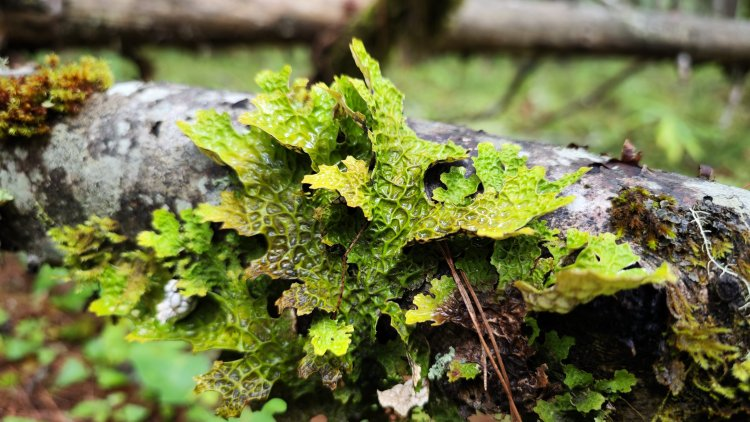
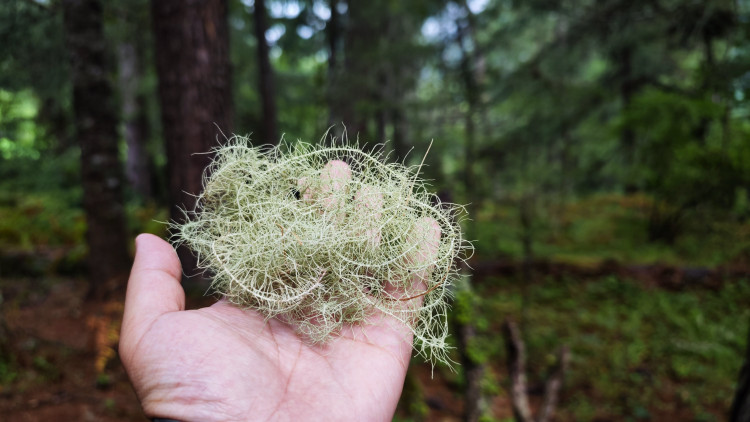
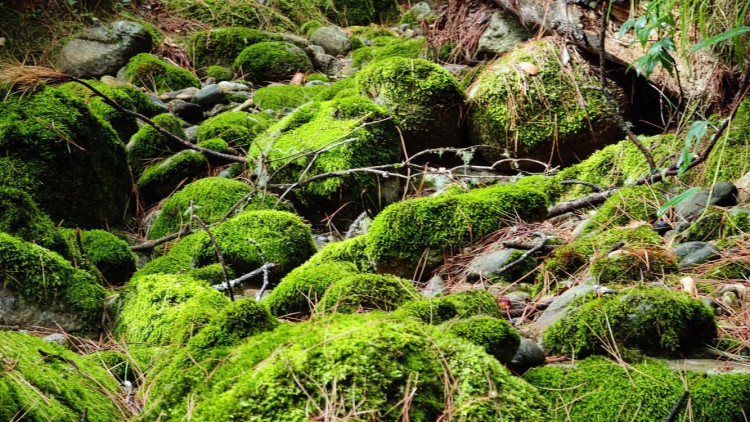
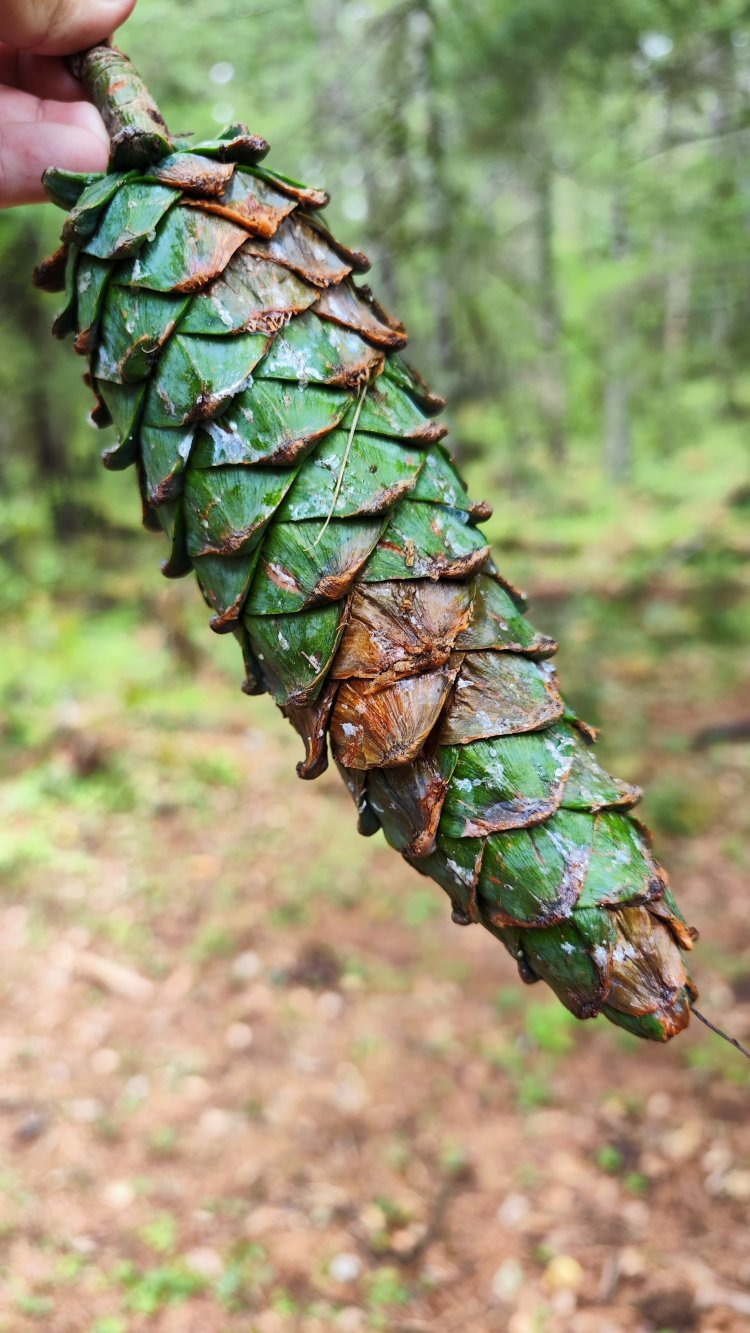
There were few people in the scenic area, especially in the forest after the rain, which made people feel like they were in a large negative ion oxygen bar. With rich plants and changing terrain, you must be careful of the path under your feet. The core of the scenic area is a giant Yunsong tree, and only with a panoramic camera can you record the full picture of the forest king.
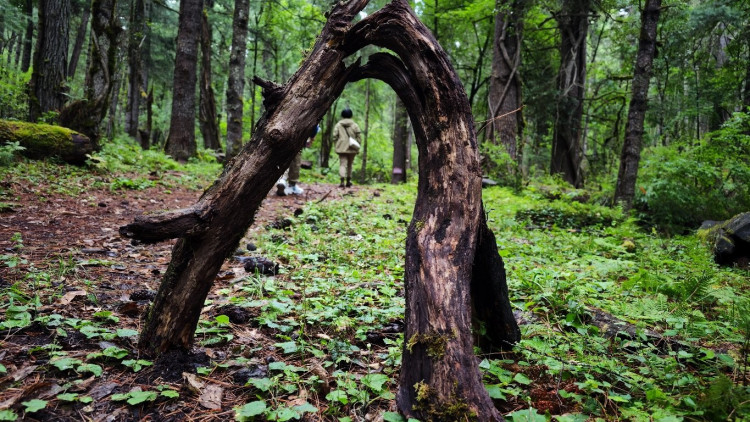
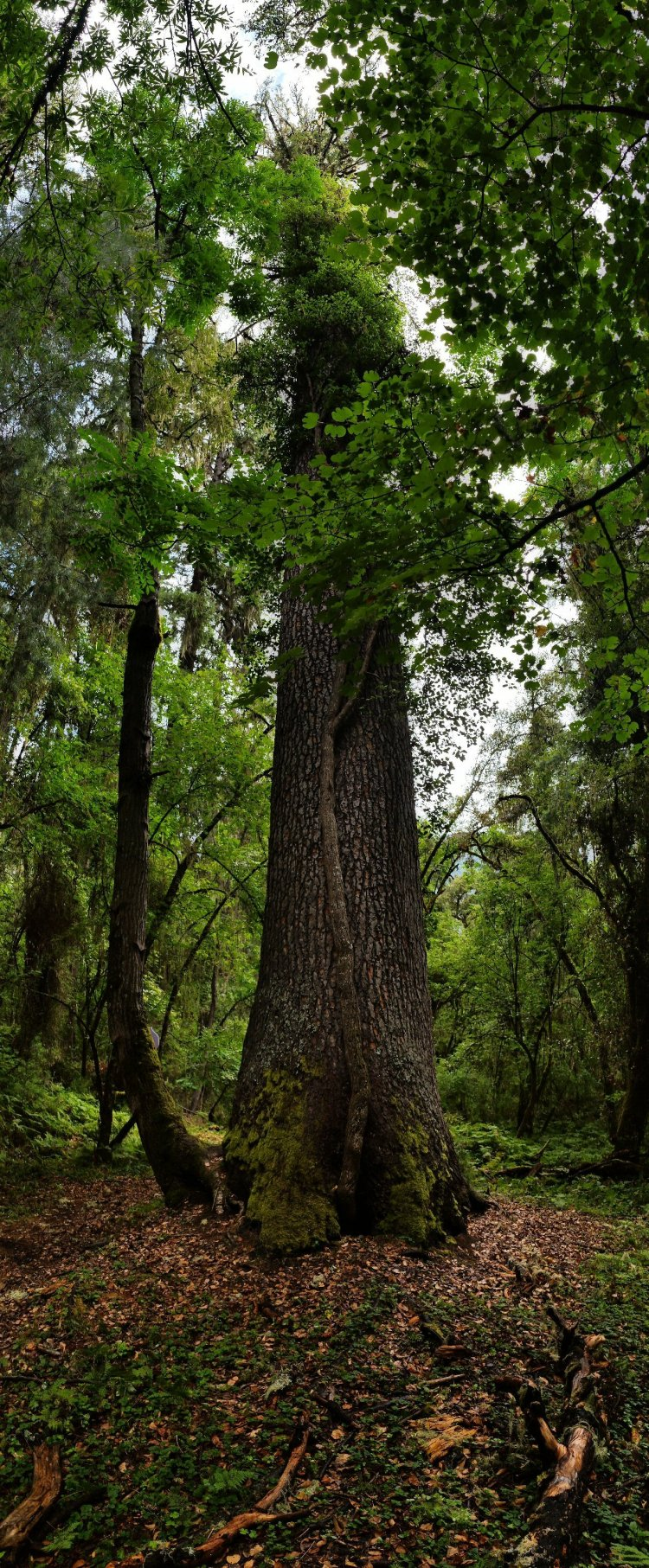
“`The previous travel notes did not record the vehicle’s energy consumption due to not refueling. Starting from Baxoi at an altitude of 3600 meters and arriving at Bomi at an altitude of 2700 meters, the car ran 520 kilometers on one tank of gas for 13 hours, with an average fuel consumption of 7.2 liters per hundred kilometers shown on the car’s display. The car was fully loaded with four people and the trunk carried luggage for eight people.
However, the gas tank of the 2020 Li Xiang ONE is still a bit small for me. I prefer the 65-liter gas tank of the L9 model.
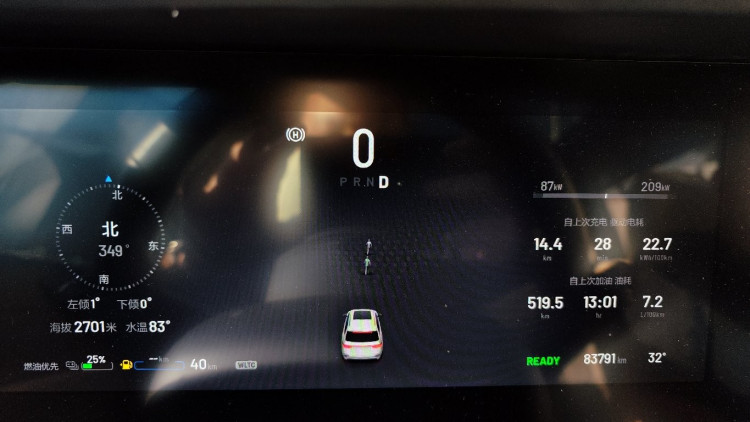
This article is a translation by ChatGPT of a Chinese report from 42HOW. If you have any questions about it, please email bd@42how.com.
